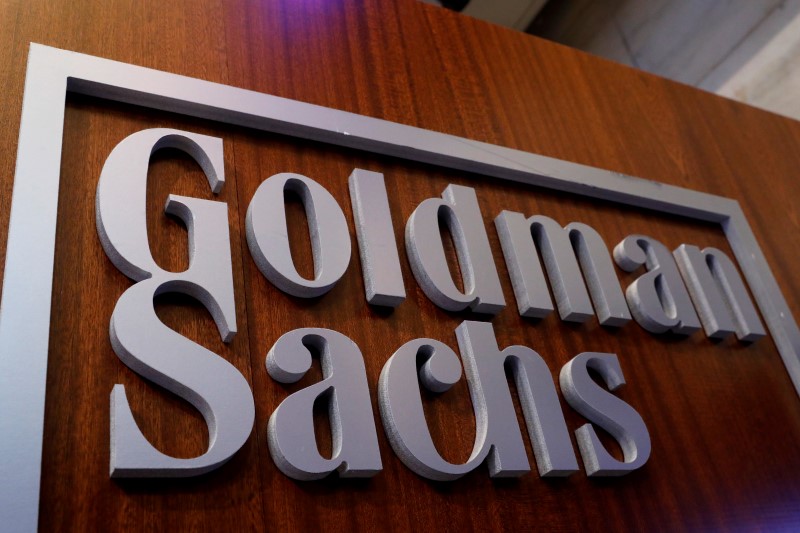By Mike Dolan
LONDON (Reuters) - If indeed there is an economic hurricane coming, then someone should shake the junk bond market.
JPMorgan (NYSE:JPM) boss Jamie Dimon publicly fretted last week that while the sun was still shining in the financial world a "hurricane is right out there down the road coming our way."
An economic hurricane can mean many things to many people of course - rising inflation, borrowing rates and unemployment come to most people's minds. But for businesses and bond investors, surging default rates and bankruptcies define a superstorm.
Much like ailing stock markets, the prospect of rising central bank interest rates to curb decades-high inflation means U.S. corporate bonds have already had a torrid start to the year - with investment indexes and exchange-traded funds dropping 10-15% while borrowing rates surged again after two years of near record lows.
And yet the yield premium on 'junk bonds', the riskier sub-investment grade corporate bonds, over U.S. Treasuries remains below average spreads of the last 20 years - where they've been for much of the past decade if you set aside a brief three-month pandemic blowout. U.S. junk would have delivered an average total return of 5% per annum for the past 10 years.
But if a climate of low inflation and interest rates alongside slow growth without recession explains much of that serenity, then fear that the decade ahead disturbs all those assumptions should unnerve most investors.
Despite Dimon's storm warning, his JPMorgan economists do not actually expect a U.S. recession next year. Those who do remain in a minority, even if the likes of Goldman Sachs (NYSE:GS) chief operating officer David Waldron also spoke last week of challenges from an unprecedented confluence of shocks.
But Deutsche Bank (ETR:DBKGn) is one of the few that does formally forecast two consecutive quarters of U.S. economic contraction in the second half of 2023 and its view of the impact on corporate defaults speaks of gale force winds that may accompany that.
In an annual review of the corporate credit outlook entitled "The end of the ultra-low default world?", strategists Jim Reid and Karthik Nagalingam reckon that recession next year will see the U.S. junk default rate climb from historic lows around 1% now to 5% by the end of 2023 and double again to 10.3% in 2024.
That double-digit rate of defaults across the high-yield spectrum would be the highest since the crash of 2008 and mirror the double-digit default rate peaks that followed prior recessions in 2001/2002 and the early 1990s before that.
Graphic: Deutsche bank chart on default rate history - https://fingfx.thomsonreuters.com/gfx/mkt/zjvqkgzznvx/One.PNG
Graphic: US and Europe high-yield bond spreads - https://fingfx.thomsonreuters.com/gfx/mkt/myvmnwllxpr/Two.PNG
DOUBLE-DIGIT DEFAULTS
In that scenario, they expect aggregate junk spreads over Treasuries to double from current levels to 850 basis points by the end of next year.
The breakdown in related sections is more revealing. While default rates for companies with BB credit ratings just below investment grade are expected to peak at 2%, single B ratings could hit 11% and defaults on highly speculative CCC-rated firms could soar to a whopping 45%.
And as BB names are a much higher weighting in European junk bonds indexes, then default rates there are expected to peak at 6.6% overall.
The Deutsche strategists conclude that markets are simply not priced for this scenario based on historical comparisons. Assuming 40% of original investments could be recovered after default, today's high-yield spreads would not compensate for the defaults seen over the six discreet default cycles since the late 1980s.
Their view hinges on what they call a 'tug of war' between rising real yields and term premia and a desire for governments to prevent the 'debt super cycle' from being exposed. But they feel the latter will be slower to materialise than previously in the face of persistent inflation problems and will only be selective to certain areas such as the euro zone periphery.
"The fact that we have this two-way tension though means that the two-decade era of low inflation, ever declining term premium and real yields, long business cycles, peak profit margins, guaranteed and immediate central bank intervention all happening together, is likely over," Reid writes.
And just as Deutsche's view on defaults hinges on forecasts for recession and persistent inflation that are still minority opinions, it's also true that many investors' more relaxed attitude to junk bonds are shaped by their more benign assumption of the backdrop.
In their five-year 'Secular Outlook' on global investments released this week, Pictet Asset Management dismissed talk of a long-term structural shift in the world economy to a new regime of high inflation and stagnant growth akin to the 1970s.
Seeing economic growth and inflation revert to averages of the past 10-15 years, they feel the current macro volatility is temporary, related to the pandemic and supply shocks, and mega trends of savings gluts and weak productivity growth have not changed sufficiently to lift real yields sustainably.
"As long as real interest rates are not much higher, I struggle to see a structural increase in default rates," said Pictet AM chief strategist Luca Paolini, adding that further 'zombification' of firms surviving on cheap credit was a more likely problem.
A stiff breeze for some then rather than a hurricane.
Whether long-range investment forecasts are any better than their meteorological equivalents remains to be seen.
Graphic: US High Yield And Investment Grade ETFs - https://fingfx.thomsonreuters.com/gfx/mkt/gkvlgzyyqpb/Three.PNG
The author is editor-at-large for finance and markets at Reuters News. Any views expressed here are his own
(by Mike Dolan, Twitter (NYSE:TWTR): @reutersMikeD; Editing by Mark Potter)
